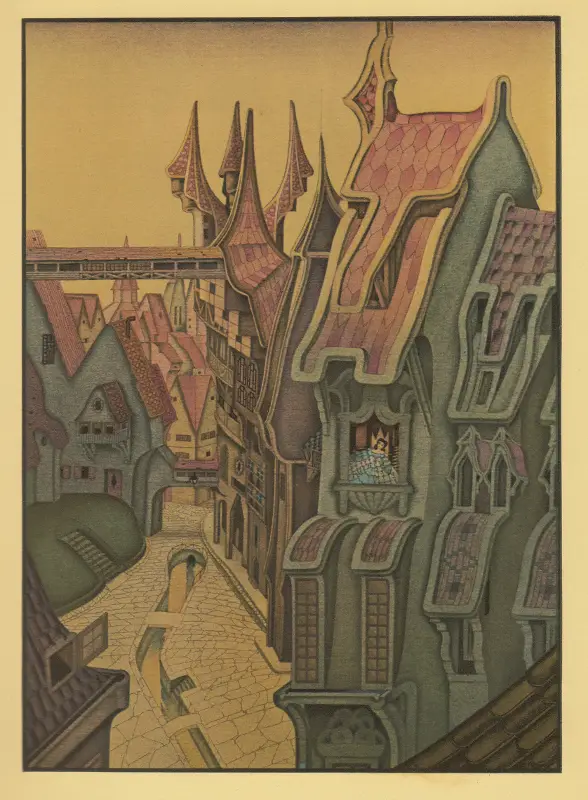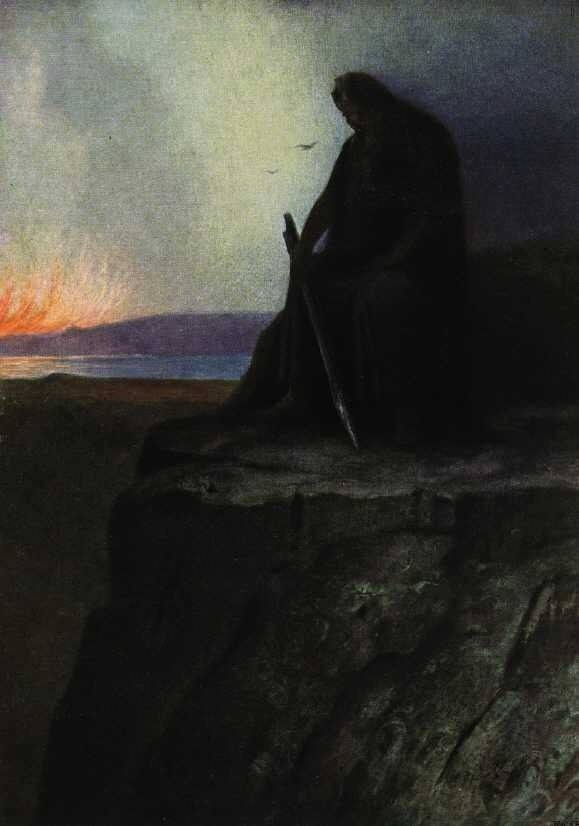Tag: Rudolph Otto
Auras and inner lights
Since the perception of a light characterizes the apparition of the divine, the luminous has always been associated with the numinous. The great dilemma that Walter Benjamin proposes is whether the visual impression is determined exclusively by the biology of the human eye or is also characterized by cultural and historical specificities. This contribution seeks to reconstruct how the experience of light in the West has changed over the centuries in intensity and suddenness and how its modes of manifestation have changed.
Towards “TimeWave Zero”: Psychedelia and Eschatology in Terence McKenna
In addition to being one of the "prophets" of the psychedelic Counterculture of the second half of the last century, Terence McKenna was able to build, in the course of thirty years of studies and experiments, a real eschatological system for the Third Millennium, in view of final explosion, based on the recovery of shamanic practices, on a new interpretation of the Sacred as "Mysterium Tremendum" and on the vision, beyond the ordinary dichotomy between life and death, of what he called an "Ecology of Souls".
Eyes, puppets and doppelgänger: the "uncanny" in "Der Sandmann" by ETA Hoffmann (I)
Two centuries after its publication, ETA Hoffmann's "Man of the Sand" is still today one of the literary works indispensable for understanding the poetics of the "uncanny", destined to influence the psychoanalytic theories of Freud and Jentsch, the works of Hesse and Machen, the films of Lynch and Polanski.
Cernunno, Odin, Dionysus and other deities of the 'Winter Sun'
di Marco Maculotti
cover: Hermann Hendrich, "Wotan", 1913
[follows from: Cosmic cycles and time regeneration: immolation rites of the 'King of the Old Year'].
In the previous publication we had the opportunity to analyze the ritual complex, recognizable everywhere among the ancient Indo-European populations, centered on theimmolation (real or symbolic) of the "King of the Old Year" (eg. Roman Saturnalia), as a symbolic representation of the "Dying Year" that must be sacrificed to ensure that the Cosmos (= the order of things), reinvigorated by this ceremonial action, grants the regeneration of Time and of the 'World' (in the Pythagorean meaning of Kosmos like interconnected unit) in the new year to come; year which, in this sense, becomes a micro-representation of the Aeon and, therefore, of the entire cyclical nature of the Cosmos. Let's now proceed toanalysis of some divinities intimately connected with the "solstitial crisis", to the point of rising to mythical representatives of the "Winter Sun" and, in full, of the "King of the Waning Year": Cernunno, the 'horned god' par excellence, as far as the Celtic area is concerned; Odin and the 'wild hunt' for the Scandinavian one and Dionysus for the Mediterranean area.





